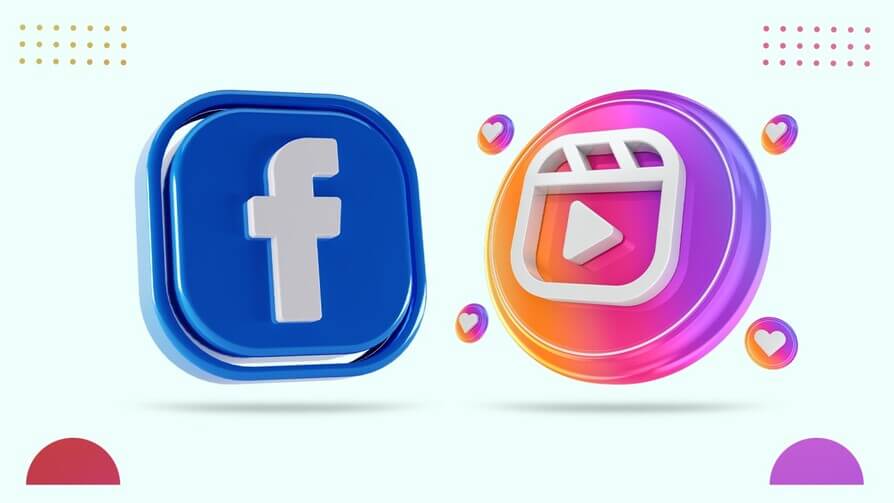Content Attributes
We live in an era when everyone needs a printing press. Businessmen, managers, marketers, or legitimate entrepreneurs need to have their company name printed on their products or services as a marketing approach. The ultimate choice of printing technique for them is flexography printing.
Flexography printing is a commercial process used for long-term signage, point-of-sale graphics, and other applications requiring high quality, durability, and color accuracy. It’s used in food and beverage packaging, labels for consumer products, large format graphics for decorating trade show booths or retail stores, or designing outdoor billboards. To take full advantage of flexographic printing benefits, high-quality flex storage solutions have to be in place. If you want to know more about what flexography printing is exactly, read on!
What is flexography?
Flexography printing is a specialized kind of printing that can be used for anything from store signage to wine labels. It’s called flexography because it involves a printing plate made entirely of rubber and because the letters on the plate are flexible, making them easier to apply ink.But before we get into the details of flexography printing, let’s take a brief look at what it is not.
What it isn’t?
It isn’t laser printing. It isn’t offset printing. What isn’t inkjet printing.
It isn’t any other process. Instead, it’s an entirely new kind of printing process that uses a special screw-on flexible plate to apply ink to the surface of what you’re printing.
What it is?
Flexography Printing is a wholesale printing process that uses a flexible rubber plate. The plate is engraved with the image to be printed and mounted in a printing press to be inked. Ink is then transferred from the plate onto paper or other suitable material.
The Flexography Printing process creates high-quality prints with sharp detail, rich colors, and durable images, well-suited for outdoor or indoor signage and other applications where weather-resistant ink is necessary.
The process of Flexography Printing
The process takes place on an inked metal plate, which has engraved with an image using lithography, zincography, photoengraving, or other intaglio techniques. This patterned plate then covered in ink and lowered onto paper under high pressure. The ink then squeezed out from the pressurized holes.
Once the paper is dry, the patterned plate is torn away, and the original image can viewed as a relief. Although rubber stamps of only one color are practical, flexography printing allows for many colors to printe using multiple rubber sheets at once. This makes it possible to print images with very fine detail.
Flexography printing can therefore be seen to have a particular advantage over other forms of intaglio printing because of its exceptional ability to create intricate patterns for titles, bookmarks, ornaments, and similar designs in a short period relative to other forms of intaglio printing methods. Flexography printing also non-invasive and used on any material (paper, plastic, fabric), making it quite versatile.
Advantages of Flexography Printing
1. Flexography printing is cost-effective
One aspect that makes flexographic printing economical the low cost of materials required for production (metal plates) and consumption (inks). This method can print on enamel, metal, and vinyl sheets.
2. Flexography printing is environment friendly
One of its benefits is the fact that it utilizes a low carbon footprint made possible by making use of natural inks. With less polymer, you will be contributing to the reduction of air pollution.
3. Flexography printing is qualified for different kinds of products
Flexographic printing can used for every product with a smooth surface, such as wrapping papers and gift boxes. On top of that, one can also create print on transparent plastics, metallics, leathers, and fabric materials.
4. Flexography printing is a versatile type of printing
Since it can used in printing both pre-coated and non-coated flexible packaging materials to printing paper products, you might be wondering how it goes about transferring the ink onto the material.
5. Flexography printing efficient compared to other printing methods
It takes less work for the machine to accomplish its goal of printing because it only needs to make one pass over the material. It helps reduce production costs since fewer passes will produce the same number of prints compared to gravure or other printing forms.
6. Flexography printing is effective in making the most out of advertisements
Mass production of printed materials in the modern era will be impossible without flexography printing. Since it can print many copies with accuracy, it also used for identity cards and notices, to name a few.
7. Flexography printing is easy learn
One does not need to go through complicated procedures like learning how to use CAD or a scanner. Flexographic printing is simple, and one can learn on the job.
Bottom line
Many companies and industries have welcomed this process because of its unique versatility; it allows them to present their products in new ways, providing extra value to their customers.With advances in technology and the need for products to stand out on the market, it is no surprise that flexography will continue to be in use for years to come.



